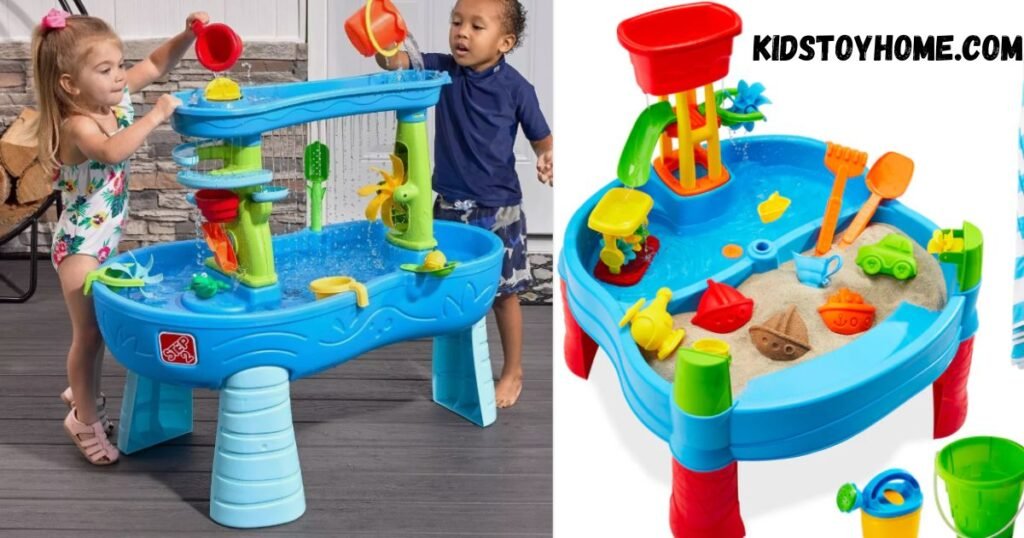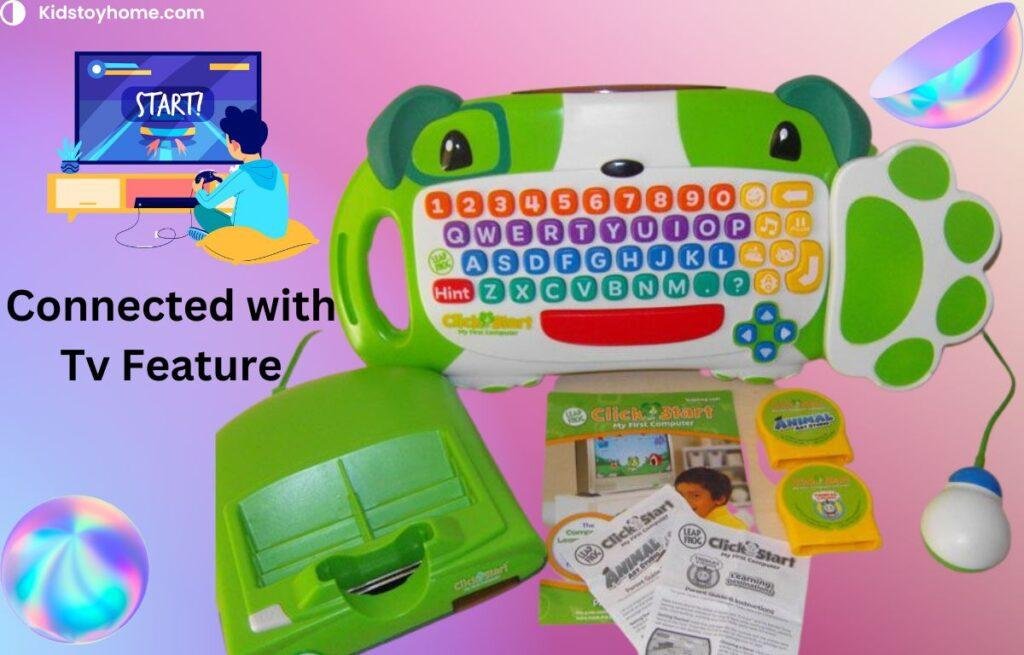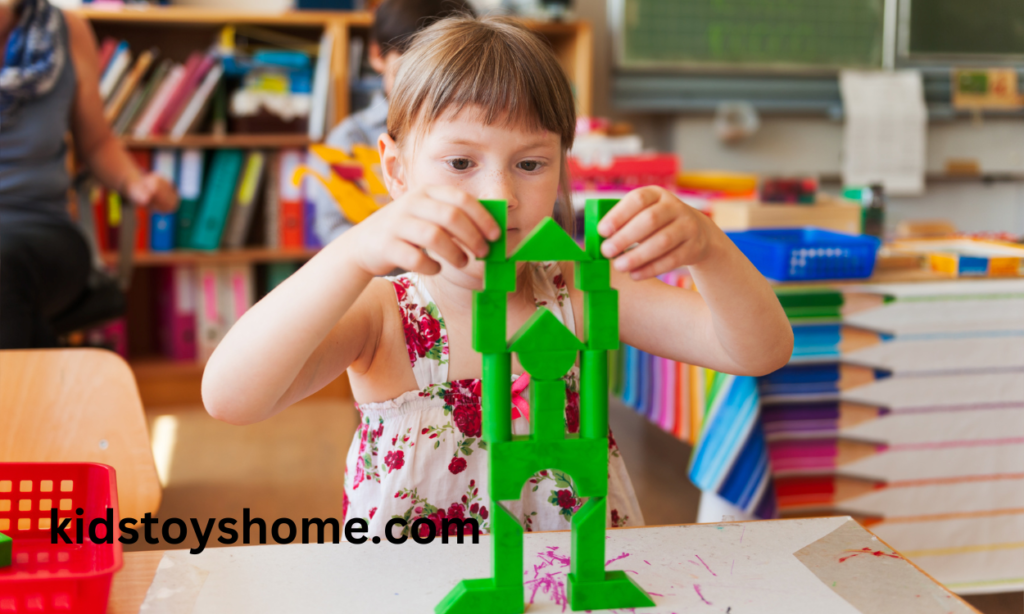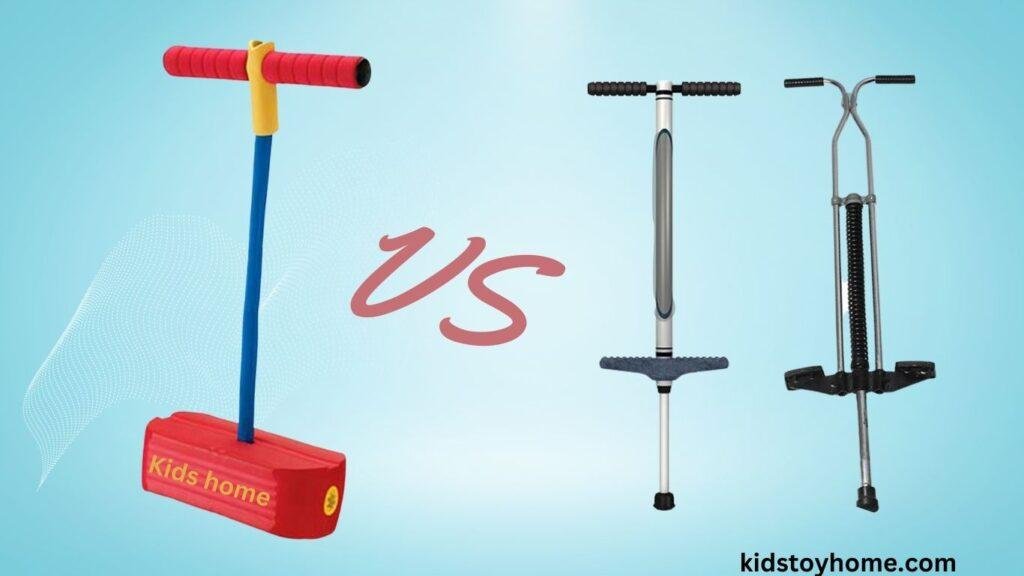Are you looking for a board game that will challenge your mind and test your skills?
Your search for a challenging and brainstorming game is over, the game that has been entertaining families for generations. This game is not just about luck, but also about strategy and quick thinking. With its unique and engaging design, anyone who wants to put their problem-solving skills to the test can test.
In this article, we will explore the history of a perfect board game, the rules of the game, and the benefits of playing it.
So, hold your game pieces and get ready to dive on a journey of fun and excitement with the Perfection board game.

Product Description
- Thrilling Duel Mode: Engage in a fast-paced competition with a friend, racing against time to match all your shapes first.
- 50 Vibrant Shapes: Enjoy a diverse set of 50 red and yellow shapes, adding a colorful challenge to your game session.
- Enhanced Skills: Improve key skills such as concentration, hand-eye coordination, and shape recognition in a fun, interactive way.
- Flexible Gameplay: Choose between high-stakes Duel mode or a more relaxed traditional play, suitable for all ages and skill levels.
- Easy Clean-up: Post-game clean-up is simplified with a dedicated storage box, ensuring the shapes are neatly organized and easily accessible for the next round.
- Family-Friendly: Perfect for players aged 5 and above, this game is designed to provide entertainment and educational value to children and adults alike.
Product Information
| Product Dimensions | 3 x 13.13 x 10.5 inches |
| Item Weight | 2.03 pounds |
| Country of Origin | India |
| Release date | November 1, 2020 |
| Manufacturer | Hasbro |
Perfection Board Game Objective
The central aim of the Perfection board game is straightforward yet thrilling players must match all the uniquely shaped pieces into their corresponding slots on the game board before the ticking timer expires.
Once the game starts, players are under a relentless race against time, typically set to a heart-pounding 60 seconds. Success demands not only quick reflexes and sharp visual perception but also the ability to remain calm under pressure.
The moment the timer runs out, the board springs, scattering pieces in a surprising burst, marking the end of the round. This exhilarating challenge encapsulates the essence of Perfection, making each attempt a quest for speed, efficiency, and, ultimately, perfection.
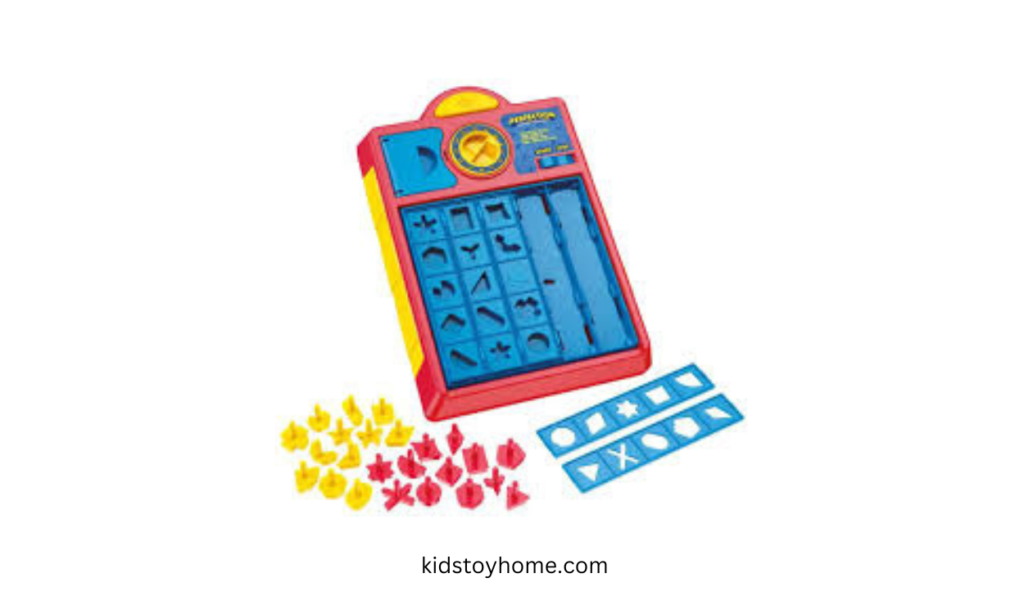
Strategy and Skill: The Key to Winning
Mastering Perfection is not solely a test of speed; it’s a game that beautifully blends strategy and skill. Skilled players know that recognizing patterns and shapes swiftly is just as crucial as the pace at which they place the pieces.
Developing a strategy for the most difficult pieces first, and leaving easier ones for last, can drastically improve performance. It’s about cultivating a keen eye for detail and a methodical approach to problem-solving under pressure.
This approach not only boosts the chances of beating the timer but also sharpens cognitive abilities, enhancing players’ quick decision-making skills.
Indeed, Perfection is more than just a race against time; it’s a mind-engaging puzzle that challenges and refines your spatial recognition and motor skills with each game played.
Practicing Valuable Skills with Perfection
The Perfection board game, beyond being a source of entertainment, is a fertile ground for the development of valuable life skills. It intricately teaches the importance of time management by compelling players to make quick decisions within a strict time limit.
Handling the pressure of the ticking clock mirrors real-world situations where time-sensitive decisions are commonplace, thereby enhancing a player’s ability to perform under stress.
Furthermore, Perfection encourages the honing of fine motor skills and hand-eye coordination as players pick up, identify, and place the pieces before time runs out.
The game also promotes spatial awareness, as players must discern where each piece fits on the board. Playing Perfection, therefore, is not just about seeking the thrill of the game but about engaging in a fun and interactive way to practice skills that are applicable in numerous aspects of daily life.
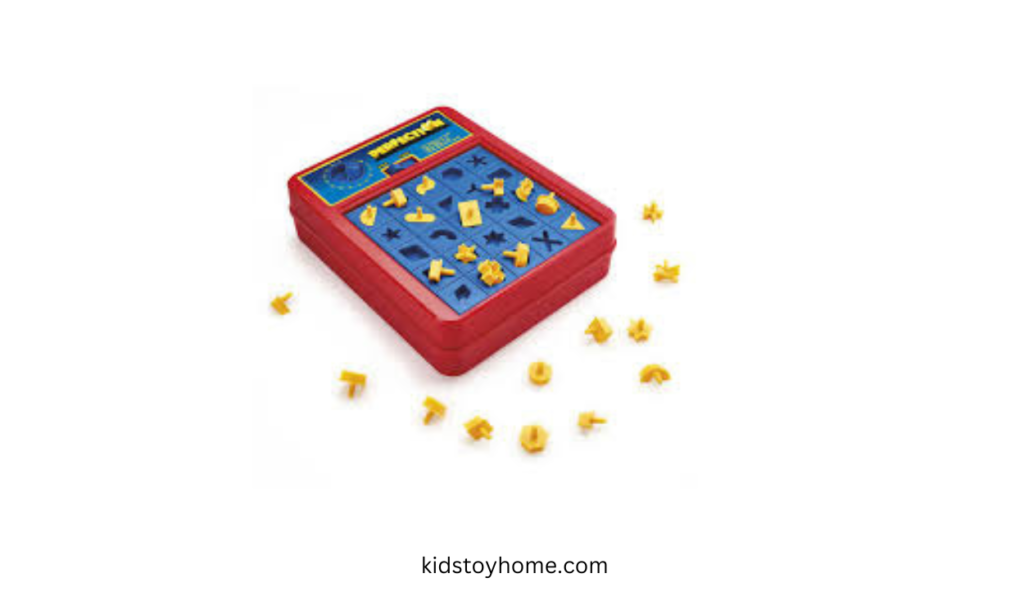
A Game for All Ages: Playing with Younger PlayersPerfection board game
Perfection is a timeless board game that knows no age limit, making it an excellent choice for family game nights or when entertaining younger players. It introduces children to the concepts of shapes and spatial relationships, honing their fine motor skills in a fun and interactive way.
For younger players, the game can be slightly modified to make it more accessible; for instance, by increasing the timer or practicing without it initially, allowing them to focus on the shape-matching aspect without the pressure of time.
Playing Perfection with children encourages patience, attention to detail, and the development of a quick, strategic mindset. It is also an opportunity for adults to guide and celebrate the small victories with younger players, making it a bonding experience that goes beyond mere entertainment.
The game’s universal appeal lies in its simplicity and the joyous challenge it presents, making it a cherished activity for players of all ages.
The history of the Perfection board game
The history of the Perfection board game traces back to the 1970s when it was first introduced by the Reed Toys Company.
Its unique blend of time-pressured puzzle solving captured the imagination of players right from the start. The concept was simple yet captivating: fit all the pieces into their slots before the time runs out or watch them pop out all over the place.
Over the years, Perfection has undergone various transformations and has been released under different names and by different companies, ultimately coming under the banner of Hasbro.
Hasbro, a giant in the toy industry, has continued to innovate and market Perfection, ensuring it remains a beloved game in households around the world.
The enduring popularity of Perfection is a testament to its original design’s genius, offering just the right mix of thrill, challenge, and fun that spans generations.
Variants and International Versions of Perfection
The Perfection board game, known for its captivating gameplay and the rush it provides, has seen numerous variants and international versions over the years.
These adaptations have introduced diverse shapes, themes, and challenges, allowing players from different cultures to engage with the game in unique ways.
For instance, some versions feature different time limits, offering a more extended playtime or a shorter, more frantic challenge. Others introduce complex pieces that require more sophisticated spatial reasoning, catering to an older audience or those seeking a more intense challenge.
Internationally, Perfection has been tailored to reflect local preferences and languages, making it accessible and enjoyable for a global audience.
This variety ensures that Perfection remains a universally appealing game, capable of crossing cultural barriers and bringing people together in the shared pursuit of accuracy under pressure.

The Fun and Imperfect Beauty of Perfection
The charm of the Perfection board game lies not in achieving lawlessness, but in the joys and laughs shared amidst the scramble and the ultimate, often chaotic, pop of pieces.
It’s a game that celebrates the beauty in imperfection, reminding players that the aim is not just to succeed, but to enjoy the twists and turns of the journey. Each round, with its potential for unexpected outcomes, encourages a light-hearted approach to challenges, fostering an atmosphere of fun and camaraderie among players.
The moment when the pieces scatter is often met with bursts of laughter and good-natured ribbing, a testament to the game’s ability to bring people together in a shared experience of joyful imperfection.
In essence, Perfection teaches us that it’s okay to not always get it right the first time, emphasizing that real perfection lies in the fun and unity brought about through play.
Exploring What Fits: The Importance of Laughter and Exploration
When playing Perfection, the experience is as much about the fits of laughter and moments of exploration as it is about the adrenaline of racing against the clock. It’s in these playful trials and errors that the game truly comes to life, creating a shared bond among players.
The sudden pop of the game board, sending pieces flying, often results in bursts of laughter and comical surprises, reminding players that perfection isn’t always the goal; sometimes, it’s about enjoying the unpredictable and chaotic moments that bring us together.
This aspect of the game encourages exploration, urging players to experiment with different strategies and approaches without the fear of failure.
It’s a gentle reminder that laughter and learning go hand in hand, making Perfection a beloved game that entertains, educates, and enlightens.
Perfection as a Tool for Feedback and Collaboration
The Perfection board game is not only about the individual challenge of beating the clock; it also offers a unique platform for feedback and collaboration, especially when played in a group setting.
As players work together to fit all the pieces in time, they engage in a dynamic process of giving and receiving immediate feedback. This interaction encourages players to develop strategies, learn from mistakes, and continuously improve.
Collaborative sessions with Perfection can enhance teamwork and communication skills, as players must articulate their thoughts clearly and listen to the suggestions of others to increase their chances of success.
In educational or team-building contexts, Perfection serves as a metaphor for project management and the importance of working cohesively under pressure, making it a valuable tool beyond mere entertainment.
Conclusion
As we look towards the future, Perfection remains poised to continue its legacy as both an entertaining and challenging game.
With advancements in technology, there lies an opportunity to introduce digital enhancements, potentially integrating apps that track speed and accuracy, provide global leaderboards, or even offer virtual reality (VR) versions of the game.
These innovations could bring a new dimension to Perfection, appealing to the tech-savvy generation without losing the essence that has made the game a staple in family game nights around the world.
The timeless appeal of Perfection suggests it will continue to serve as a tool for learning and development, be it through refining motor skills, teaching the importance of time management, or encouraging spatial awareness.
The fundamental challenge of beating the timer, combined with the joy of play, ensures Perfection’s place in the future as a beloved game that crosses generational divides while keeping players engaged and entertained.
FAQs
What kind of game is Perfection?
Perfection is a thrilling, timed puzzle game that challenges players to match geometric shapes with the corresponding slots on a board before the clock runs out. Classified as both a family and educational game, it tests and improves players’ spatial awareness, hand-eye coordination, and problem-solving skills under pressure.
Designed for individual play or group interaction, Perfection seamlessly combines elements of strategy, speed, and cognitive skill, making it an engaging game for people of all ages.
Which skill is developed while playing board games?
Playing board games, such as Perfection, cultivates a multitude of valuable skills, among which critical thinking stands out prominently. Engaging in these games challenges players to analyze situations, anticipate possible outcomes, and make strategic decisions swiftly, particularly under time pressure.
This stimulation of the cognitive process enhances a player’s ability to process information, solve problems creatively, and adapt to changing scenarios. Furthermore, board games often require players to predict opponents’ moves or the game’s direction, refining their foresight and strategic planning capabilities.
What are the benefits of a perfect game?
The benefits of engaging with the Perfection game extend beyond simple entertainment, impacting cognitive, emotional, and social dimensions of development.

